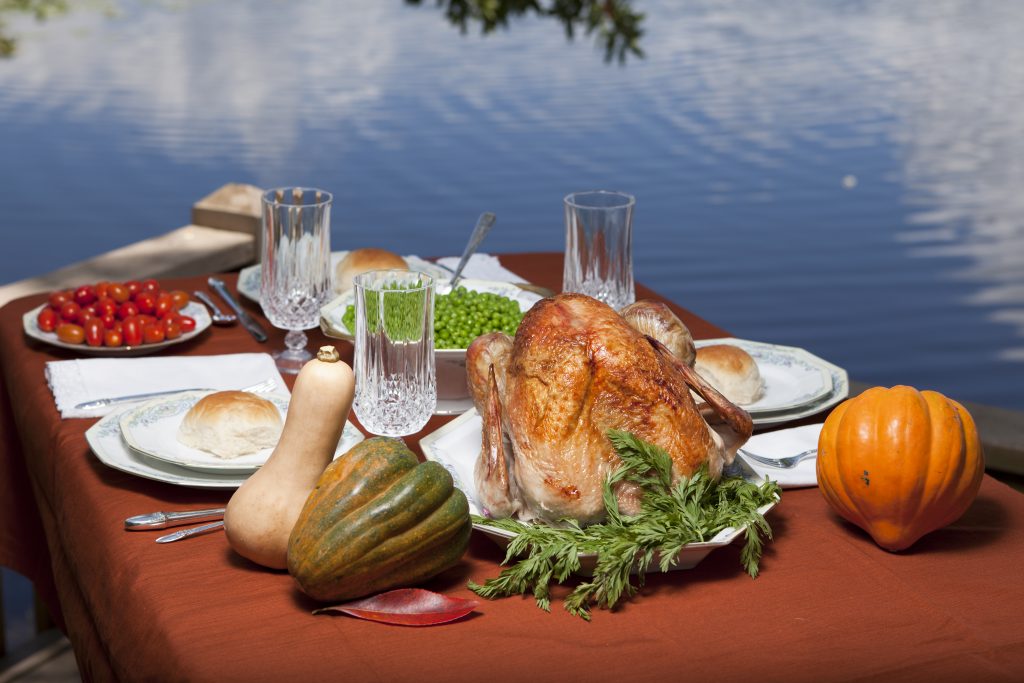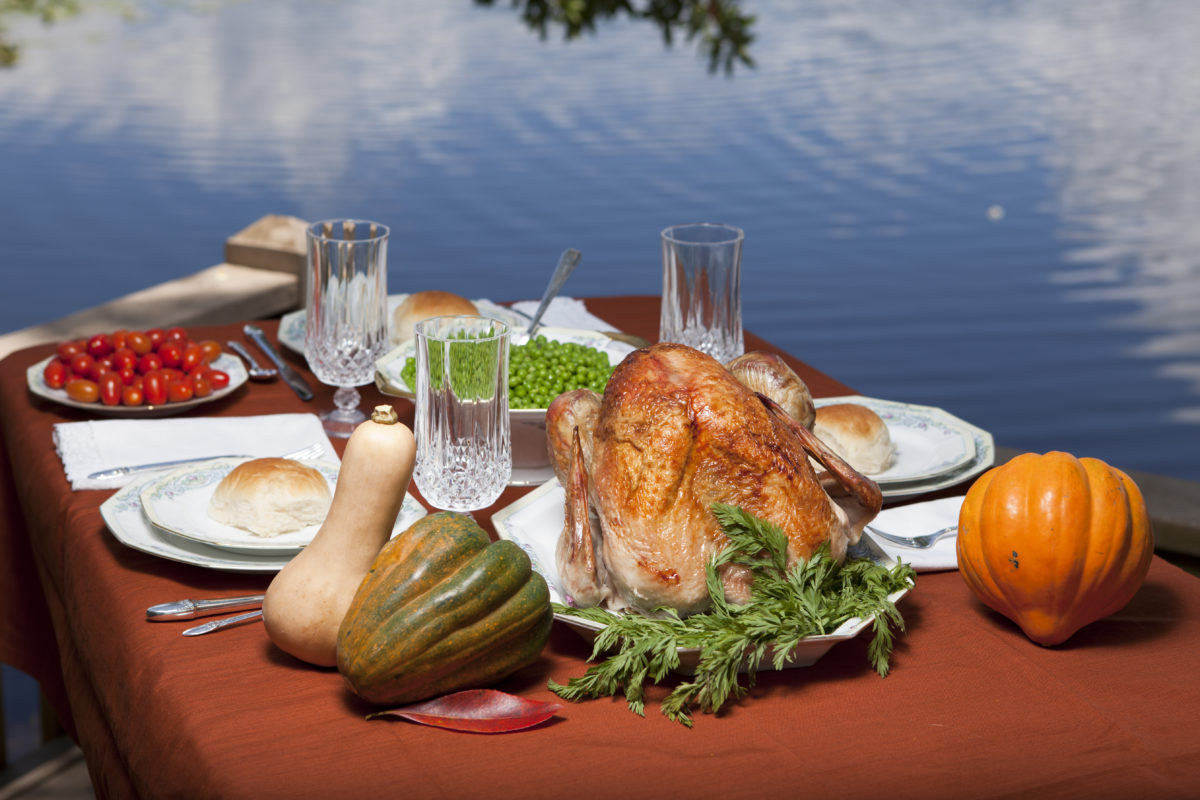
By Clint Thompson
Thanksgiving is the annual gathering of family, food and fellowship. But it can also be a time of spoilage and germs if food is not properly stored following a meal.
Keith Schneider, a University of Florida Institute of Food and Agricultural Sciences (UF/IFAS) professor of food science and human nutrition, said in UF/IFAS article that foods that have been sitting out at temperatures between 40 degrees Fahrenheit (F) and 140 F for more than two hours can allow potentially harmful bacteria to start to multiply. It speaks to the importance of food being covered or stored not long after people are done eating.
“Covering things up is a great idea. It helps reduce spoilage,” Schneider said. “It’s best to put your leftovers away as soon as possible in containers that are not overstuffed, typically around four inches in depth. When you’re putting them away, you want to make sure there’s ample air flow around your containers. You don’t want to overstuff your refrigerator. If you put too much in your refrigerator and it’s too warm, you can actually heat up your refrigerator. It could take hours, even overnight, for it to cool down.
“Refrigerators are good at keeping things cold. They’re not really good at making things cold. You want it to get proper air flow. You don’t want to put things in there that are too hot.”
Two-Hour Mark
Schneider said the two-hour mark is a conservative barometer that the U.S. Department of Agriculture set forth in its guidelines.
“Try to get your leftovers in the refrigerator after two hours. You know you’re going to be coming back for a turkey sandwich after the (football) game, 4 to 6 hours later, put it in the fridge and pop in the oven or microwave and heat it back up again just to be safe,” Schneider said. “In the long run, nobody wants to make anybody ill.”










